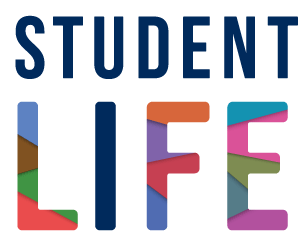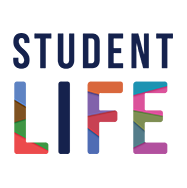Community-engaged learning is just what it sounds like: learning that engages the community. In practice, this means that in addition to coursework – or completely outside of the classroom – students spend some time getting involved with a local community organization and contributing to their efforts. Typically there is also training and reflection so that students get the most out of the experience.
There are two basic types of community-engaged learning (aka CEL): academic and co-curricular.
Academic community-engaged learning is course-based and can earn you credit in your academic program, while co-curricular community-engaged learning happens outside of the classroom and is open to students of any academic background.
Academic community-engaged learning
Academic community-engaged learning can be described as a “course-based, credit-bearing educational experience that allows students to (a) participate in an organized service activity that meets identified community needs and (b) reflect on the service activity in such a way as to gain further understanding of course content, a broader appreciation of the discipline, and an enhanced sense of civic responsibility.” Bringle and Hatcher (1995).
Academic community-engaged learning focuses equally on the student and the community organization. The placement activity is designed by U of T faculty and staff, in collaboration with the community partner, to address a need identified by that organization while aligning closely with the purpose of the academic course. Academic community-engaged learning placements are like an experiential text – primary source material from which you can draw new frames of reference, perspectives and knowledge.
Download the list of 2019/2020 U of T community-engaged learning courses (PDF).
Co-curricular community-engaged learning
Co-curricular community-engaged learning is more than volunteering! It’s an opportunity to get out of the traditional classroom and contribute to meaningful projects in your community.
Community-engaged learning occurs in a community context where:
- Students are active participants in creating knowledge.
- Learning happens through reflection on experiences.
- Students develop skills that traditional classroom settings don’t allow for.
- Students gain deeper knowledge and insights on complex social issues.
- Community projects and placements are created by community partners.
How it works
There are three main components to all of our co-curricular community-engaged learning programs:
- Preparation: We provide fun and interactive training that gives you the foundations and skills to make a positive difference in the community. Learn how to build constructive relationships, bridge cultural differences, and get the tools you need to cultivate a respectful environment and support the development of constructive community relations.
- Action: Get out in the community and take action with one of our many amazing projects.
- Reflection: Join a special post-project session to reflect on the meaning of your experiences and what you’ve learned. Using guiding questions, activities and group discussion, you will have the opportunity to share, reflect, and consider next steps and possibilities for future action.
How to take action
There are three ways to get involved, depending on how much time you have to commit:
- Join a one-day project through Community Day events.
- Contribute to a three-day project during Alternative Reading Week.
- Long-term engagement through Community Action Projects.
-

Associated Programs
Alternative Reading Week
U of T students immerse themselves in four days of volunteering with local community organizations.
Learn more about Alternative Reading WeekCommunity Days
A monthly program to get involved in community organizations close to St. George Campus.
Learn more about Community DaysCommunity Action Program
Year-long volunteer opportunities where you can meet like-minded students, gain hands-on transferable skills at a nonprofit organization, and learn about social issues in our communities.
Learn more about Community Action Program




